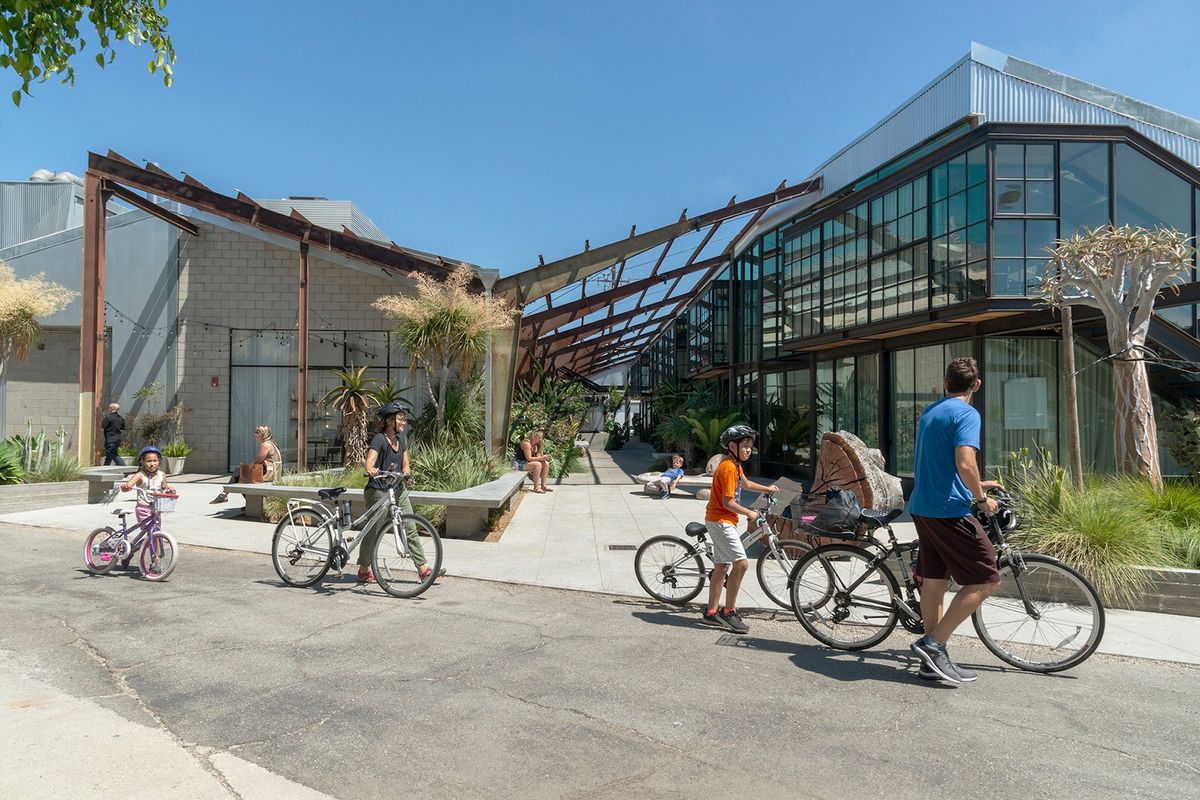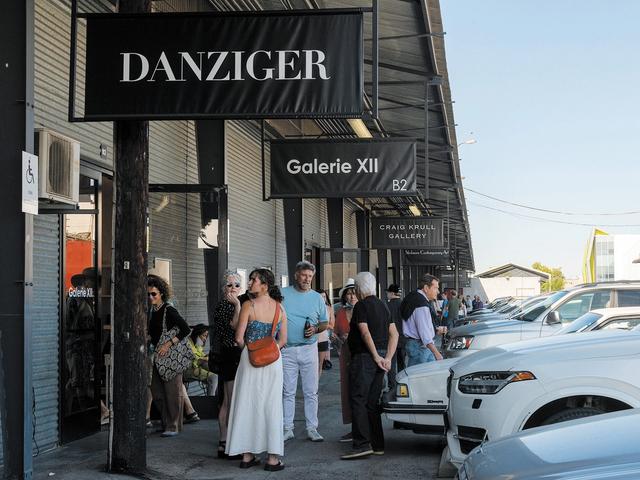This week, the Santa Monica City Council voted unanimously to protect the Bergamot Station Arts Center, a former train depot that hosts 18 art galleries among other arts spaces. While the council agreed to create an economic support programme for the arts complex—most of the land it occupies is owned by the beach town adjacent to Los Angeles—it remains unclear exactly what that entails, reports Scott Snowden of the Santa Monica Daily Press.
At the city council meeting, many local residents spoke about the importance of preserving the site as an arts centre, rather than opening it up to more financially lucrative development projects. “Bergamot Station is not only a local treasure, not only a regional treasure, but it is an internationally recognised centre for all aspects of the arts,” said Santa Monica arts commissioner Michael Masucci. “Bergamot Station constitutes a free museum.”
Others complained of a lack of heat, air conditioning, water, parking and adequate bathroom facilities on campus. “During the rains last week, our roof leaked, flooding the upstairs, causing drywall damage downstairs,” said Lois Lambert, whose eponymous gallery has been located at Bergamot for 30 years. “We had been told the roof was fixed, it was not.” Another topic raised repeatedly was the high common area maintenance (CAM) charge paid by tenants.
The Bergamot Tenants Association submitted a petition signed by more than 400 people to preserve the complex as an arts centre along with a proposal that the city take on all expenses related to ownership, management and security (doing away with the unpopular CAM); work more expediently to compromise with tenants unable to afford rent; and match all rental rates to the legacy $1.80 per sq. ft ($1 for non-profits), with a further discount for outdoor spaces.
Councilmember Jesse Zwick noted that the long-term planning process for Santa Monica should be approached “not just with an eye towards accommodating future and current residents and others who might live there, but accommodating galleries, whether it’s at that site or at other potential sites in our city”.



